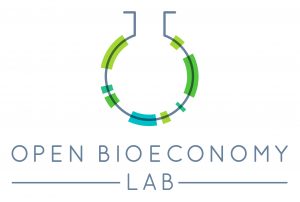Understanding vesicle formation in the presence of non-ionic detergents to reduce the cost of cell-free synthetic biology
Image credit: MDougM
Background
E. coli extracts are being used as platforms for protein expression in synthetic biology but the scale of their production is typically limited to the millilitre scale by the need for high-pressure, high-shear lysis of the cell membranes using costly capital equipment such as a homogeniser, sonicator, French Press or bead beater (Jewett et al., 2008). High shear lysis gives inverted membrane vesicles that can regenerate energy via oxidative phosphorylation while cheaper and scalable chemical lysis produces low proportions of inverted vesicles, necessitating expensive energy regeneration systems. Futai (1974) found that shear force methods gave 100% inverted orientation vesicles and enzyme-EDTA lysis gave 50-60%, or as low as 15% in some preparations.
One challenge is therefore to find a chemical or other factor that can increase the proportion of inverted versus right-side-out vesicles formed from ruptured plasma membranes in E.coli. In plants, the non-ionic detergent Brij-58 has been found to do just this and it is hypothesised that the detergent’s bulky hydrophilic head groups are responsible for deforming the membrane. This hypothesis has not been investigated in E.coli and has not been rigorously demonstrated either experimentally or theoretically.
Project Description
This projects investigates whether Brij-58 causes uniform vesicle inversion in disrupted E.coli membranes by comparing extracts prepared via different lysis method with and without the addition of Brij-58. The degree of inversion will be investigated by monitoring ATP generation and other enzymatic assays.
Additionally, the effects of Brij-58 on plasma membranes is being modelled using coarse-grant techniques.
If the project is successful, this will aid in the low-cost production of energetically active cell lysates as a platform for i) just-in-time/on-demand protein manufacturing and ii) low-cost diagnostics in resource-constrained contexts.



